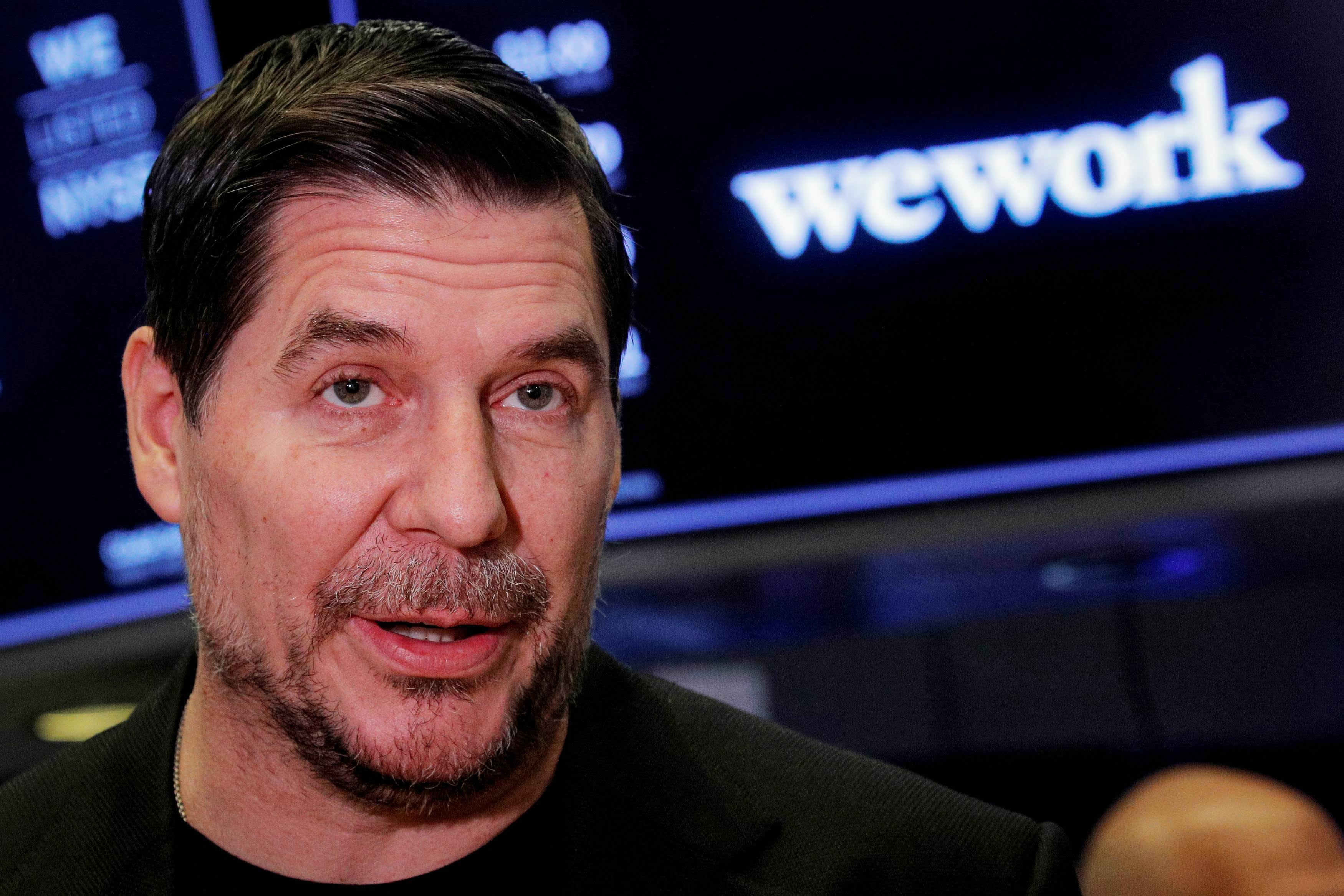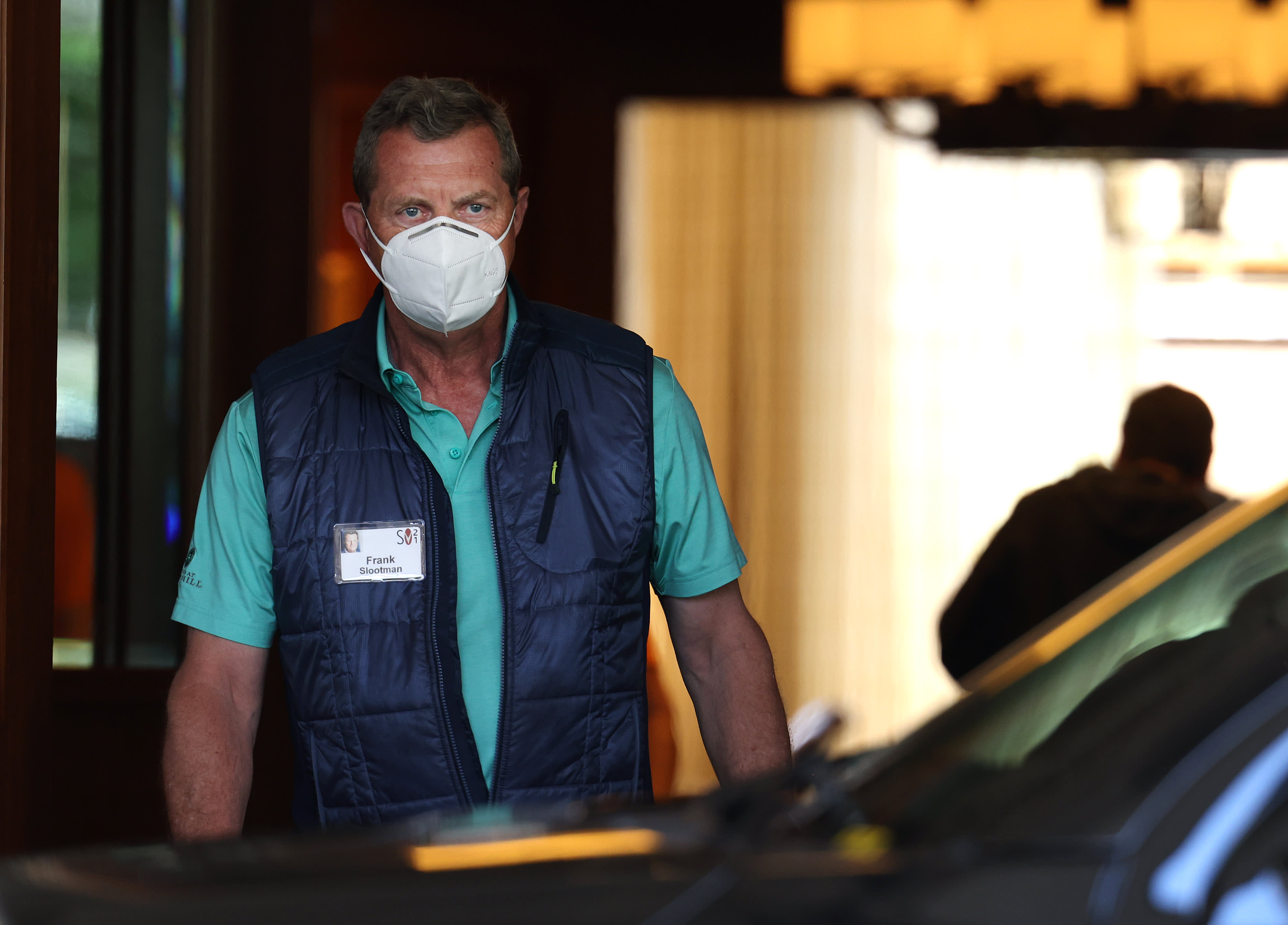The chilling distance of The Zone of Interest
Image: A24During World War II, the Germans designated the area surrounding Auschwitz the “zone of interest.” The dullness of the phrase was intentional, another euphemism as operative as “concentration camp.” In Jonathan Glazer’s sorta adaptation of Martin Amis’ eponymous...
/cdn.vox-cdn.com/uploads/chorus_asset/file/24983183/nyff_zone_of_interest.png)
During World War II, the Germans designated the area surrounding Auschwitz the “zone of interest.” The dullness of the phrase was intentional, another euphemism as operative as “concentration camp.”
In Jonathan Glazer’s sorta adaptation of Martin Amis’ eponymous novel, this self-delusion is on display. Hedwig Höss (Sandra Hüller) runs a stately home. She raises her children, bosses maids around, and tends to the garden. Their house is on a plot beside Auschwitz. Jews are being slaughtered on the other side of the wall.
Whereas Amis’ novel fictionalized its characters, Glazer centers it on the real-life Rudolf Höss (Christian Friedel), the commandant of the camp and a rising star in the Nazi party. A powerful and frightening early scene finds him discussing the specifics of an incinerator and how its chambers can be organized. Mass extermination, project managed. “Burn, cool, unload, reload,” someone explains so casually that they could be talking about buying a refrigerator.
Zone of Interest isn’t a funny movie, but you will spend a lot of time rolling your eyes at Nazis
Auschwitz is a pastoral beauty. Mass murder is happening just out of frame. The evidence of it — the occasional crackle of gunfire, the rising plumes of smoke, the screams — are easily ignored by the Höss family. It’s just ambient detritus, a minor blemish on an idyllic landscape.
There’s not a lot here in terms of a conventional plot, but the most dramatic conflict for the Hösses occurs after Rudolf is ordered to transfer to a different city. (The office rewards hard work with a promotion.) Hedwig wants to stay. “They’d have to drag me out here,” she says. “We’re living as we dreamed we would.” Later, she refers to herself as the Queen of Auschwitz. Zone of Interest isn’t a funny movie, but you will spend a lot of time rolling your eyes at Nazis.
I did crave the moments of black comedy from Glazer’s previous work. In the underrated 2004 film Birth, Nicole Kidman encounters a 10-year-old boy who may or may not be inhabited by the spirit of her deceased husband. (A hilarious conceit!) With his 2012 masterpiece Under the Skin, Scarlett Johansson’s charisma is swapped for a chilly distance as she seduces strangers and submerges them in black ooze. (She’s an alien with unclear motives, though they seem beside the point anyway.) It’s a film rife with innovations — not just the inspired casting of Johansson but also that Glazer filmed the pickup scenes with hidden cameras, capturing one of Hollywood’s most recognizable stars flirting with real-life, unsuspecting Scots. (Surprisingly, in a fur coat and dark wig, few people seem to identify her.)
Image: A24
Like Under the Skin, Glazer’s camera work here is meticulous and moody, aided by the careful eye of cinematographer Łukasz Żal, best known for his stunning work with Polish director Pawel Pawlikowski (Ida, Cold War). The camera stays distant from its characters — I can’t recall a single close-up of a face. The effect is a kind of remove, perhaps one that mirrors the detachment they have from their immediate surroundings. Like the script, it’s a look that is stark and spare: the bucolic forests feel just too brightly lit, almost to be washed out; the interiors feel cold and angular.
But mostly, the burden of expectation weighs heavily on a filmmaker of Glazer’s talents, especially as one who releases something every decade. And don’t get me wrong, this movie is remarkable, even if its strongest achievements sometimes feel like technical ones. Very few films of the past decade have been this haunting or sobering.
Still, it’s hard to know what, exactly, we’re supposed to learn here. For all of Glazer’s formal inventiveness, the ideas central to Zone of Interest are familiar. The Nazis are cruel autocrats; the atrocities resonate generations later. Even if the desire for an original narrative about the Holocaust is a fruitless one, it’s hard not to wish that the film’s tensions were more strongly animated. Nothing in the film deepens the themes that it opens with.
Partly, I was soured by one trick Glazer pulls at the end — a brief jump to present-day Auschwitz — to signal the enduring horror of what has been kept from the viewer throughout the film. It’s a meta-textual gesture toward the movie’s production, which was shot on location, but it’s hard not to see the move as a little obvious.
Maybe it’s not too much of a leap to broaden out the specificity of Zone of Interest. We go about our lives focused on the domestic rhythms and the narrow-minded ambitions of the workplace, even as many abominable things happen in the world. Glazer’s film is an effective Holocaust movie, but I wonder if there’s a subtler suggestion that we might recognize how small our lives are if we’d just be bothered to peek over the wall.

 ValVades
ValVades 






























